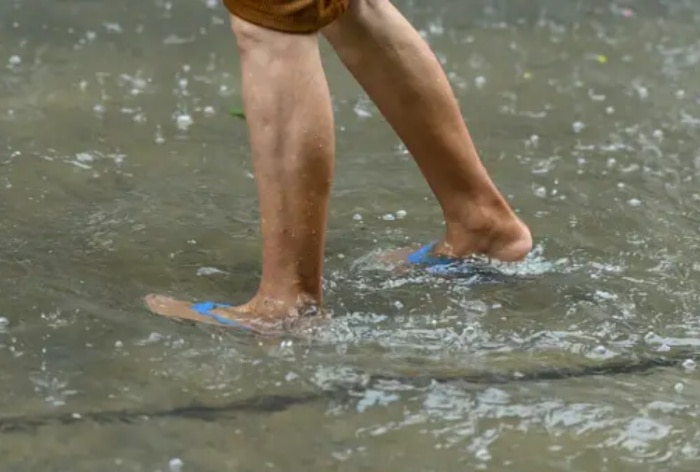Leptospirosis is recognized as a serious infectious disease. Large outbreaks of this potentially lethal zoonotic bacterial disease sometimes occur after periods of heavy rain or monsoons.
Leptospirosis: Many of us are on the lookout for health issues as we transition from an excessively hot summer season to the comfort of the rainy season. In fact, the monsoon is one of the most dangerous times of the year for human health and well-being, as bacterial, viral and fungal diseases are rampant at this time. Waterborne infections are becoming more frequent as a result of increased rainfall caused by climate change in several regions. India.com contacted Dr. Vikram Vora, Medical Director, Indian Subcontinent, International SOS to discuss leptospirosis, an infectious bacterial monsoon disease.
WHAT IS LEPTOSPIROSIS AND ITS SYMPTOMS?
The infection enters the human body through contact with contaminated floodwater, either through an existing wound or through ingestion or inhalation. Symptoms of leptospirosis often appear within two weeks, however occasionally they can take up to a month or never appear at all.
Symptoms begin with high fever, headaches, and muscle pain and, if unrecognized and untreated, can progress in severity to liver and kidney failure, meningitis, and can even be fatal.
WHO IS VULNERABLE TO LEPTOSPIROSIS?
People in metropolitan settings are often more vulnerable to flooding, as these regions often have poorly planned drainage systems. Without the proper protective equipment and tools, those who engage in outdoor activities such as farming, fishing, and cleaning up standing water continue to have a higher chance of contracting an infection. As a result, areas that receive strong monsoons, such as South and Southeast Asia, see an increase in leptospirosis infections each year.
The monsoon rise in leptospirosis cases has the potential to overwhelm the healthcare infrastructure in smaller cities and towns and can lead to delays in diagnosis and treatment of the disease, which in turn increases the risk of developing complications. Leptospirosis can have long-term consequences, including kidney disease, and can affect the quality of life of affected individuals and their families.
HOW TO PREVENT LEPTOSPIROSIS? 5 TIPS TO FOLLOW
While treatments are possible with early diagnosis, prevention is key to limiting monsoon surges of this disease. Pre-monsoon awareness campaigns on monsoon diseases should illustrate the dangers of leptospirosis.
- Do not walk through flooded areas. If one must go through floods, be sure to wear tall rubber boots that stay above the water level.
- Wear raincoats and gloves to protect against exposure to contaminated environments.
- Wash your hands thoroughly after any outdoor activity if you come across potentially contaminated soil or water/objects.
- No Littering: Proper disposal of waste ensures that drainage systems do not become blocked.
- Seek early medical attention for fevers that last more than two days. Do not self-medicate.
Raising awareness, maintaining hygiene, and supporting sanitation and health efforts can reduce the impact of this disease, thus keeping communities safe during the rains and after the monsoons have subsided.
Published Date: July 10, 2023 8:41 AM IST
–>
–>


